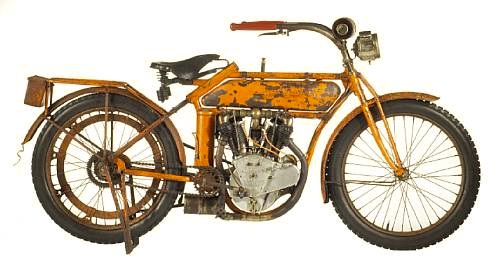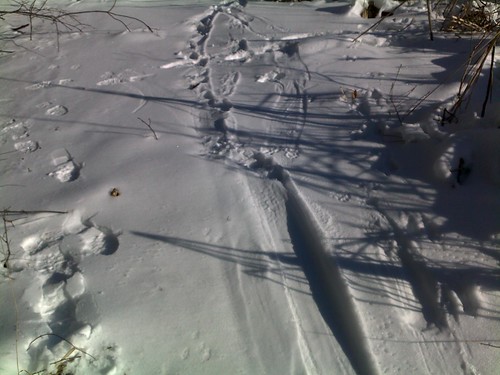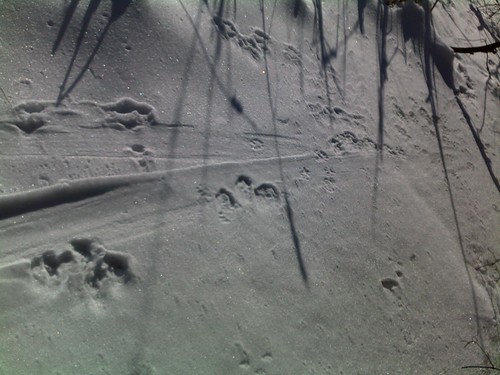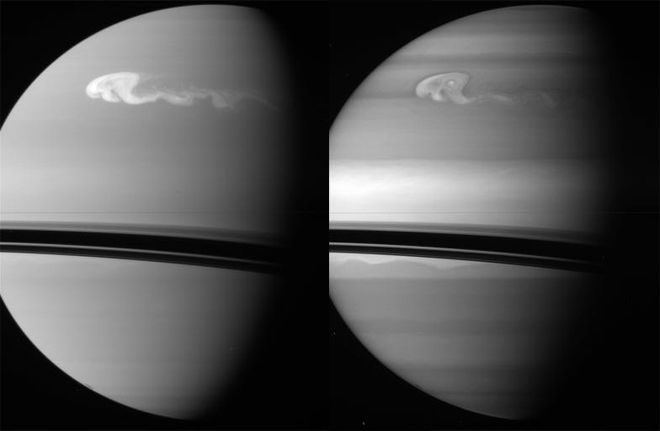As mentioned before, I have a soft spot for these beasties.

*
Road or track, it was difficult to ignore a Flying Merkel, and not just because of the brand’s signature bright-orange paint. Merkels displayed perhaps the finest engineering of early American motorcycles, with components that were literally years ahead of their competitors.
Credit for that goes to founder Joseph Merkel, a self-trained machinist who went on to study mechanical engineering at university. A motorized tricycle he built in 1900 is credited with being one of the first self-propelled vehicles in Wisconsin. Soon after he was in the business of selling motorcycles. Where others were happy with bronze bushings inside their engines, Merkel insisted on German-made ball bearings, which quickly led to a reputation for reliability. Likewise, in contrast to the standard atmospheric pressure intake valves, Merkel designed a cam-actuated valve mechanism for both intake and exhaust. He also developed a throttle-dependent engine oiler way before Harley or Indian adopted that useful feature.
Merkel then turned his attention to suspension. Bone-jarring rigid frames wouldn’t do for Flying Merkel customers, so he designed telescoping systems at both ends with concealed springing. The so-called Spring Frame and Spring Fork gave his bikes an unsurpassed ride, leading to the advertising slogan, “All Roads are Smooth to The Flying Merkel.” The forks in particular were so good that many a competitor’s bike turned up wearing a complete Merkel front end! *
Via Hemmings.





